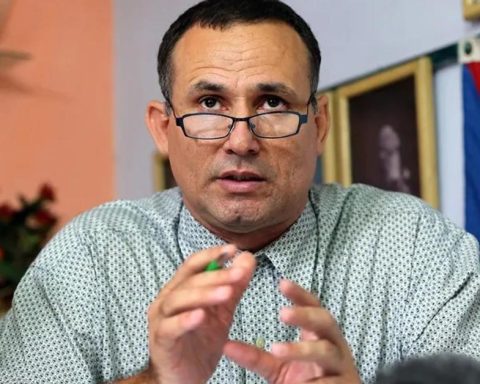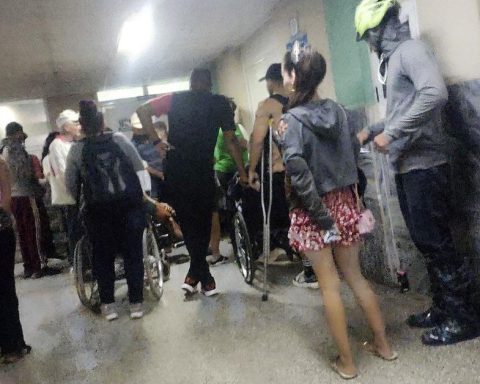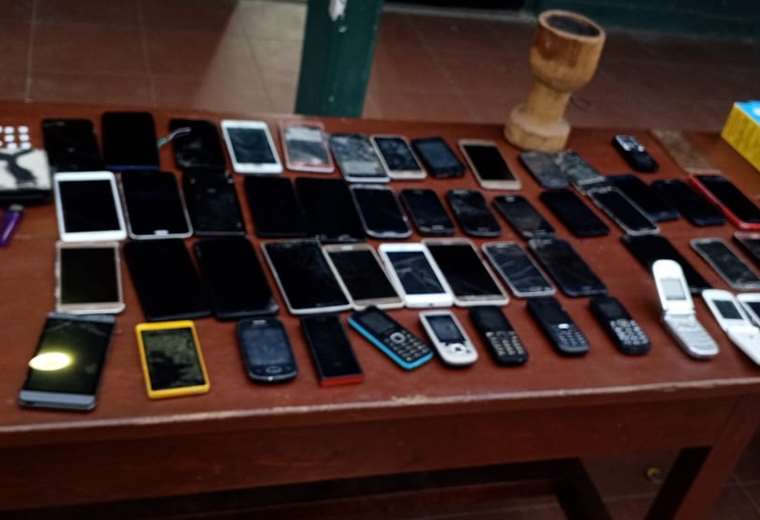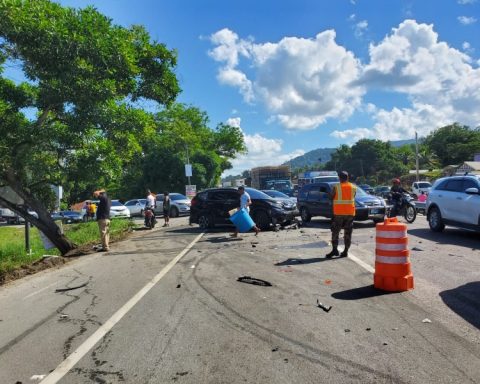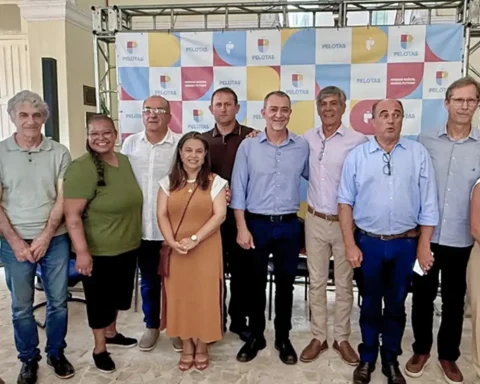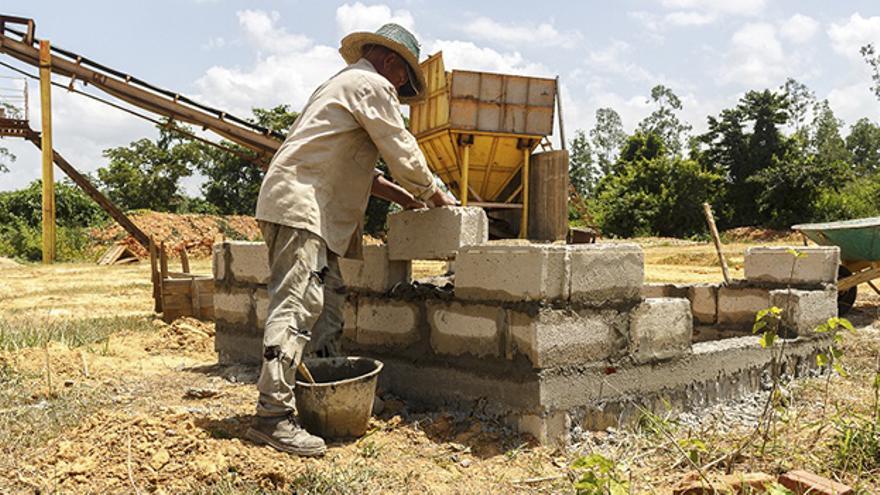
The Cuban Government acknowledged this Friday the slow progress in the recovery of homes damaged by the passage of Hurricane Ian at the end of September 2022. In almost 10 months, in Pinar del Río, the most affected province, barely 32% has been rebuilt and in Granma 24% of the housing infrastructure destroyed.
The data came to light at a meeting chaired by the Prime Minister, Manuel Marrero Cruz, together with several members of the Communist Party, provincial authorities and representatives of state companies. The meeting was held in a videoconference, where, after listening to a string of complaints, Marero ended up acknowledging the obvious fact: “There are delays” in rebuilding the damaged infrastructure.
The devastating hurricane devastated a good part of the Pinar del Río territory, with winds that exceeded 200 kilometers per hour. There were also effects in the rest of the country, with a blackout in almost the whole islanddamage to road and housing infrastructure, as well as large agricultural losses.
The slow progress in rebuilding homes is palpable in Las Tunas and Holguín, Granma, Santiago de Cuba, Camagüey and Pinar del Río.
According to data shared by the provincial press, in Pinar del Río barely a third of the 90,394 properties affected by the climate emergency have been recovered.
In Granma, meanwhile, 103 of the 415 affected homes have been rebuilt. The Government acknowledges that there is even slow progress in repairing minor damage, such as fixing dirt floors.
In Pinar del Río, barely a third of the 90,394 properties affected by the climate emergency have been recovered
“We need a superior response,” said Marrero, while making a mea culpa because there is no justification for “not looking for solutions.” “If the resources are in place, the situation must be transformed immediately with results and the number of damages must begin to decrease,” he added.
Vivian Rodríguez Salazar, General Director of Housing of the Ministry of Construction, considered that it is necessary to follow up with the municipalities and “walk” in the damaged neighborhoods to determine the causes of the delay because, she added, up to 50% of the materials were financed to that the victims could acquire them, without any results.
For René Mesa Villafaña, Minister of Construction, there were “bumps in the transportation” of the materials delivered to the families of Vueltabajo (Pinar del Río), but she assured that the 10,410 tons of cement delivered so far in 2023 is enough to give “solution” to more than 50% of damaged infrastructure.
The authorities also indicated that there are “delays” in the reestablishment of the water supply networks and the restitution of the firefighter’s equipment. Marrero ended by asking the provincial authorities “to elucidate the causes that hinder the recovery in such a sensitive issue and for which a level of resources has been prioritized, despite the current context of financial restrictions.”
________________________
Collaborate with our work:
The team of 14ymedio He is committed to doing serious journalism that reflects the reality of deep Cuba. Thank you for accompanying us on this long road. We invite you to continue supporting us, but this time becoming a member of our newspaper. Together we can continue transforming journalism in Cuba.

